
At 464 Spandia Avenue in Toronto, Canada is the legendary El Mocambo. This old building is known for being a popular nightlife attraction. Guests can drink and listen to great live music. El Mocambo, or El Mo for short, has always been a place for live music. Artists from several genres have appeared at the small club and performed for a loving audience.
In September 2020, El Mocambo reopened after years of inactivity. To celebrate the grand reopening, let's take a look at the colorful and rich history of Toronto's premier nightclub.
Beginnings
The original El Mocambo was located at 462 Spandia Avenue. It opened in 1850, and was first used as a refuge for escaped slaves from the American South. The current building was built in 1910. Several businesses operated out of the building:a hair salon, a grocery store and a restaurant.
In 1946, Ontario passed the Liquor License Act. This action allowed the sale of liquor in taverns and restaurants in the province for the first time since the First World War. The owners of El Mocambo took full advantage of the new law. Restaurants Joseph Brown and John Lang bought the building and installed the club's famous neon palms. These two men were also responsible for the club's name. In the end, El Mocambo kept the distinction between being one of Toronto's first cocktail bars.
The origin of the club's name lies with Joseph Brown. Brown's inspiration for the name El Mocambo and the sign of neon palms came from a nightclub in San Francisco he visited.
The name and neon sign stood out from the other nightclubs in Toronto. These two items soon became El Mocambo's calling cards.
Live Music
To begin with, El Mocambo did not contain live music. At the time, Ontario did not allow live music in such venues. To make up for it, the second floor of El Mo was turned into a dance floor.
In 1948, the Liquor License Board of Ontario reversed the ban. Suddenly, people could watch live music at El Mocambo. For many years, El Mocambo featured great dance music. These bands played on either the main or second floor.
Rock and Roll music
In 1972, El Mocambo was bought by Michail Baird and Tom Kristenbrun. Under this ownership, El Mocambo became a bastion of blues and rock music. Blues greats like Muddy Waters and Buddy Guy played on El Mo. To appeal to younger blues fans, The Downchild Blues Band became the club's husband.
During the early years of Baird-Kristenbrun ownership, the most important musical acts were either older performers (unaffectionately called "has-beens" or "retreaded") or upcoming acts.
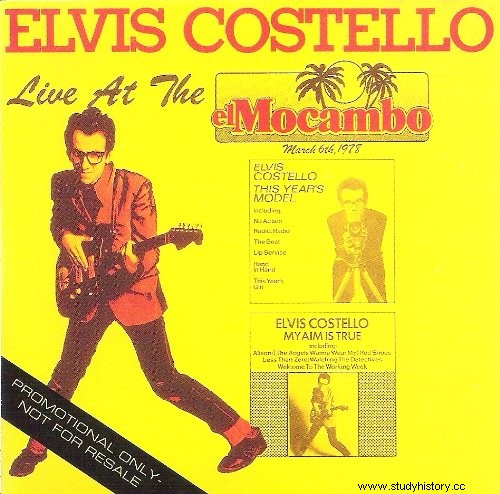
It was a hierarchical system of musical acts that performed at El Mocambo. The musicians wanted to start on the main floor, and if they generated a significant income, they then went up to the second floor. This exam was seen as a mark of excellence; that meant your band was a first class action. Growing artists such as U2 and Elvis Costello, were among the many new acts who played El Mocambo.
Late 1970s
During the 1970s, El Mocambo became a popular place for university students. The building was not far from the University of Toronto, Ryerson University and George Brown College; the students managed to go to El Mo.
The mid-1970s was also the time for discos. Discos not only dominated the airwaves, disco clubs were the most important music venues. However, El Mocambo was the one club in Toronto to feature blues and rock music and still attract a large audience. Apostles such as Ramones, Devo, Joan Jett and Blondie performed at the club. And in 1976, the biggest rock and roll band played a surprise job at El Mo.
The Rolling Stones
El Mocambo is either known or notorious for a surprise concert held by the Rolling Stones.
In 1976, the Stones were planning to record a live album. And they wanted to record part of the album in a small club to capture an intimate atmosphere. Great singer Mick Jagger and his manager, Peter Rudge, were looking for the perfect nightclub. Eventually, the two discovered El Mocambo. It was the perfect place to record the Stones' album.
The plan seemed solid on the service. But that was a problem. If word got out that the Rolling Stones, the world's biggest rock and roll band, was playing El Mocambo, the building would surely be run by thousands of fans. As a solution, Rudge devised a plan:a secret two-show deal at El Mocambo with only hardcore fans present. All this must be controlled via a nap.
El Mos booker, Dave "Blue" Bluestein, hatched the perfect smoke screen. Bluestein commissioned the Canadian rock band April Wine for 4-5. March 1977. Another band called Cockroaches would also appear on the bill. But this was actually the Stones' alias.
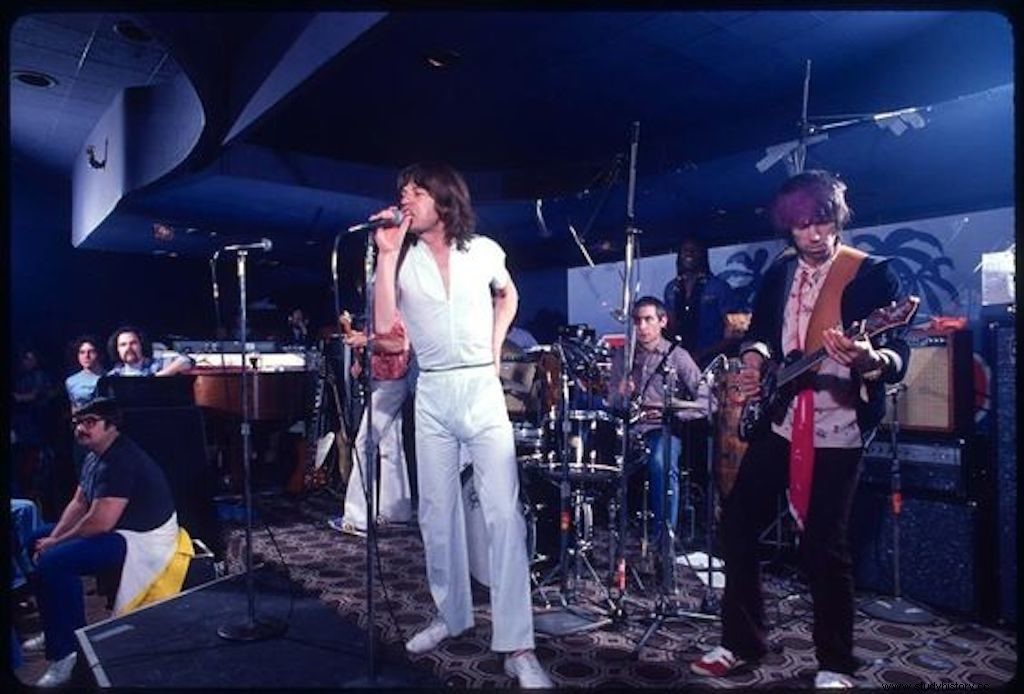
To select the audience, Toronto radio station CHUM-FM ran a competition. Participants were asked the question "What would you do to see the Rolling Stones play live?" The top 300 listings were then selected. The 300 lucky fans became shepherds to El Mo by bus, and then snuck into the building at the back entrance.
Controveries
The surprise concert had its share of controversies. During the week leading up to the concert, guitarist Keith Richards was fresh off having 26 grams of heroin. Richards avoided cramped prison, and the show continued, but his bust was the front.
The second controversy revolved around the then Canadian Prime Minister Pierre Trudeau. Trudeau and his wife Maragaret were separated, who were well known to the public. She was spotted in the Rolling Stone's wardrobe, talking to various band members. She was also photographed with Stone's guitarist Ronnie Wood. Maragaret Trudeau's appearance with the Stones garnered international tabloid headlines. Some Canadians were shocked that the Prime Minister's wife was partying with the bad guys in rock.
A legendary show
The Rolling Stones played their two shows at El Mocambo. The audience loved it, and part of the set was included on the live album Do You Love Live . The concerts are now celebrated for the expert planning and spontaneity of the event. This is without a doubt what El Mocambo is best known for.
Falling years
On its way into the 1980s, El Mocambo continued to thrive as a vibrant music venue. In 1983, guitar legend Stevie Ray Vaughan and his band Double Trouble played a concert at El Mo. The entire show was filmed and released on DVD a few years later.
https://www.youtube.com/watch?v=KC5H9P4F5UkHowever, several factors contributed to a decline in business for El Mocambo. First, changes in touring practice restricted international actions from performing in the club. Second, advertising agency Concert Productions International entered into an agreement that prevented other promotions from booking the club. Third, El Mocambo was deteriorating and in need of refurbishment
Fewer and fewer known groups appeared in the club. As a result, smaller crowds met each night to watch local acts. in 1986, Baird and Kristenbrun sold El Mocambo. This sale led to several years of constant change of ownership and a rapid decline. In 1989, the doors of the club were padlocked twice. And in 1991 and 2001, El Mocambo was briefly closed. All of these temporary closures were over rent disputes.
Unknown Actions
Throughout the 1990s, El Mocambo hosted many unknown acts. The quality of the music was often a gamble. A night can contain an incredible band no one had heard of. The second night it could be with a band whose members barely managed to play their instruments. Club promoters who would book little known acts referred to them as "a little off the radar screen".
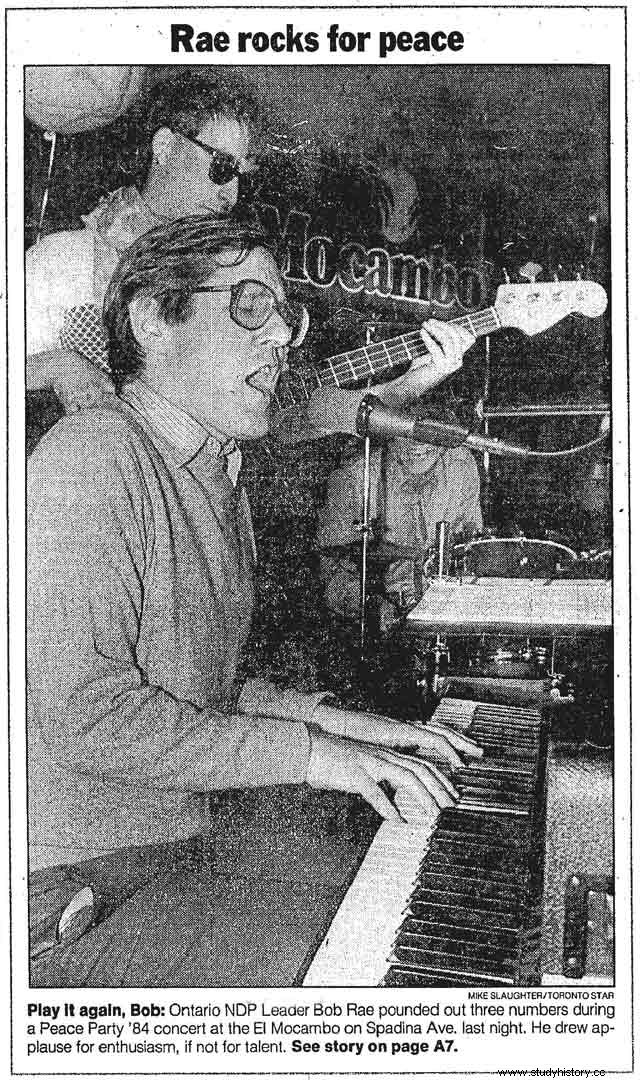
When Dan Burke became El Mocambo's booker in 1998, he turned the club into a garage rock and underground music venue. Just as it did in the 1970s, El Mocambo served as a launch pad for various bands in these two genres. The White Stripes played many gigs at El Mo. Artists like Dank Jones, Deadly Snakes, Peaches and Sadies also got their start in the club.
Artist Will Munro hosts a monthly queer rock and roll party at El Mocambo called Vazaleen. The show became a regular feature on El Mocambo. Several artists used this feature to launch their international careers. Musician Peaches performed regularly at the Vazaleen before gaining international recognition.
The New Millennium
In 2001, Abbas Jahangari bought El Mocambo. His ownership would be one of the most controversial and turbulent times in the club's history.
Jahangari announced that he planned to turn upstairs into a dance studio and the other areas would be transformed into a spiritual center and cloud of women. Dan Burke and his partners were removed from order. This ignited a war of words between them and Jahangari. Burke and his team tried to claim the El Mocambo name and use it elsewhere. As this struggle continued, the media began writing obituaries for El Mocambo. While Jahangari's plans for El Mocambo were for worthy purposes, they did not fully coincide with El Mocambo. The club was always seen as a living music venue, and the idea of El Mo as a dance studio / spiritual center / women's shelter was something many could not imagine.
The situation seemed to get better due to El Mocambo in 2002. At the end of that year, the music returned to the first floor. The building also received much awaited renovations.
2010-ene.
After holding the building for so many years, Jagangari sold El Mocambo in 2012. He used the money to support his missionary work. The new owners, Sam Grosso and Marco Petrucci, began renovating the building:These included a new stage, a roof terrace and a restored palm tree sign. Unfortunately, the couple had trouble ordering actions. Once again, it looked like El Mocambo would be shut down for good. The last show was scheduled for November 6, 2014.
And then something unexpected happened. Before the end, it was announced that El Mocambo had made it was bought by the banker Michael Wekerle for 3.8 million dollars. In addition, Wekerle had planned to maintain El Mocambo as a living music venue.
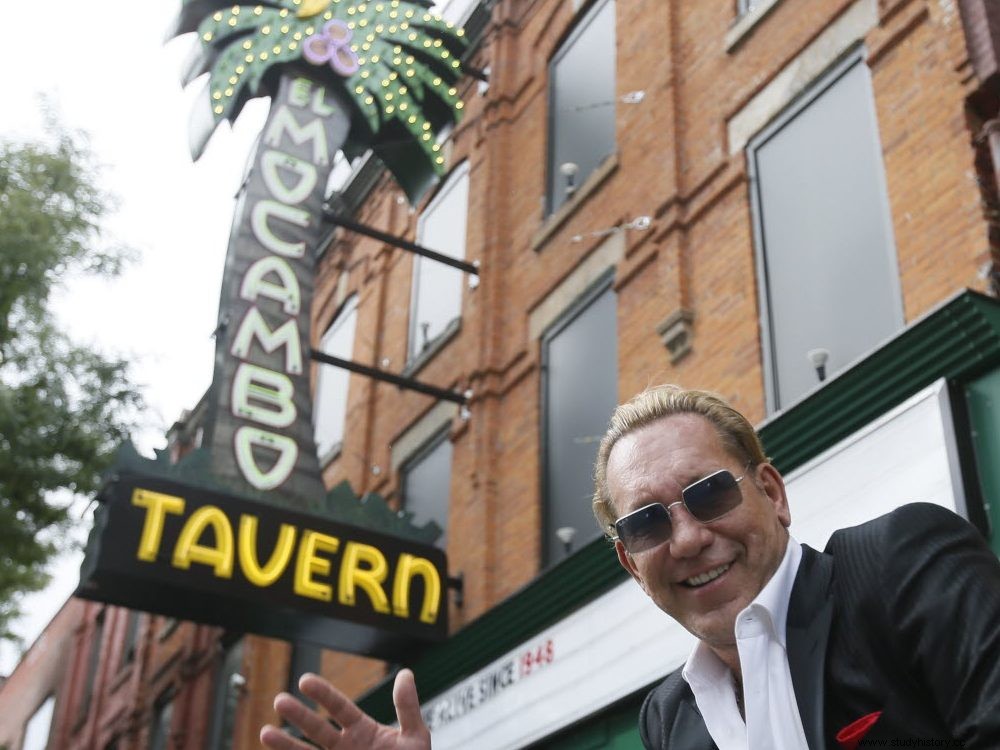
Wekerle spent years and a lot of money fixing up the building. The entire interior of the building was remodeled. Now El Mocambo did not look like in its heyday. But Wekerle made sure the renovation was done to maintain the live music aspect of El Mo.
In preparation for the grand reopening, Wekerle reached out to The Rolling Stones. He wanted the band to recreate the atmosphere of their 1977 surprise show. Talks between the two parties took place while work was still being done on El Mocambo. Wekerle informed the band's management that he had an important sponsorship that would provide a significant dollar incentive to perform at El Mo. The Stones management informed Wekerle that they would return to him.
It seemed as if progress was being made. Then an event happened, one that closed the whole globe.
Pandemic
The Covid-19 pandemic effectively ended any chance the Rolling Stones would perform at El Mocambo. The band was forced to cancel their 2020 tour, and Wekerle delayed El Mocambo's reopening.
But it will be more than a global pandemic to stop Wekerle from reaching its goal. In September 2020, El Mocambo finally reopened. Although it was small-scale (maximum 50 people indoors under Ontario restrictions), the reopening of El Mocambo was a historic event.
New El Mo has a recording studio on the top floor and two stages that can serve live performances, video recordings, recordings, parties, weddings and more.
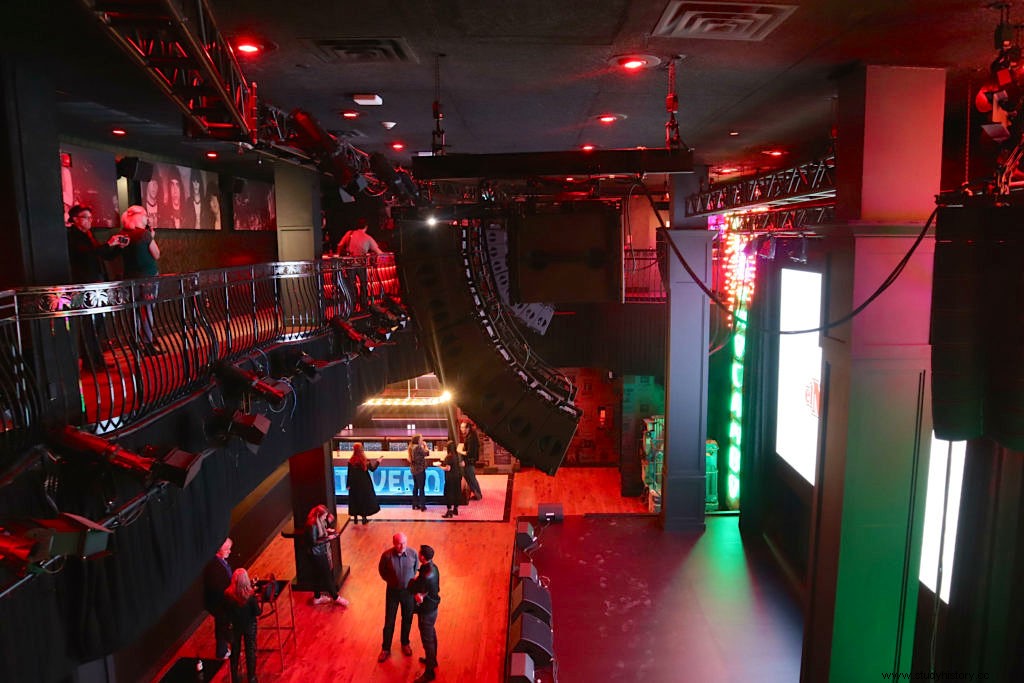
An iconic club
El Mocambo is still one of the most iconic clubs in all of Toronto. Since the late 1940s, the club has been a home for live music. Whether it's blues, rock and roll, punk or avant garde, El Mocambo is a perfect place for artists to perform their music.
After many turbulent years, El Mocambo is finally up and running again. And the owner is committed to preserving El Mocambo as a venue for live music. With Canada's easing of Covid-19 restrictions, El Mocambo is sure to continue its legacy as a premier place to witness live music.
